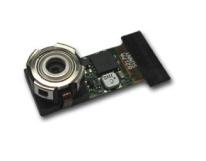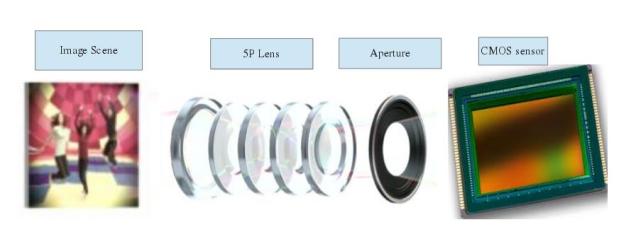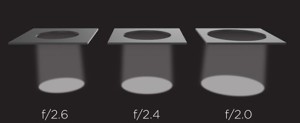Smartphone camera is one of the most sought after aspect in smart phone purchase decision. Almost all of the handset manufacturers try to grab the attention of prospective buyers by marketing higher megapixels. Due to recent technology advancements, plenty of affordable 21MP camera smartphones are available these days.
Does megapixel alone define the camera image quality? I intend to cover in this blog, some of the other important aspects that contribute to smartphone camera image quality.
How does smartphone capture an image?
A typical camera module of a smartphone comprises of the image sensor, optical elements(lens, aperture) and mechanical elements(AF motor). Each of these elements play an important role in defining the image quality.

If the module were to be dissected, the camera lens and image sensor can be visualized as shown in the image below.

Lens, aperture and sensor are the 3 elements that play an important role in reproducing the perfect image. Light traverses through the lens and ultimately falls on to the image sensor. More number of lens reduce the optical aberrations and result in a sharper image. However, adding more number of lens increases the complexity during manufacturing. The current trend in smartphones is to use 5P lens (5 Plastic lens) in order to get the optimal performance.
Aperture is the window which controls the amount of incident light on to the sensor. Bigger the aperture more is the amount of light that can enter the sensor, resulting in the captured image containing more details. Aperture is characterized in F stops. Smartphone cameras have fixed aperture typically in the range of f/1.8 to f/2.8. The lesser the F stop, the greater the amount of light incident on the sensor. So, a smartphone camera with f/2.0 aperture performs better than one with a f/2.4 aperture.

CMOS Image sensor as a whole is made of n*n pixels. For example, an 8MP camera sensor consists of a sensor array of 3280 * 2464 pixels. Each pixel is a photo-voltaic cell that converts the photons of the incident light to an electric signal. Later, these electrical signals are converted to digital data by A/D converter and processed by the image processor (ISP), which is usually a part of application processor of your smartphone. Pixel size is measured in um(microns). Bigger the pixel size, better is the light absorbing capacity. Typically, smartphone camera sensors have a pixel size of 1.1, 1.12, 1.4 or 1.7um.
Summary:
- Megapixels alone don’t guarantee better camera performance unless coupled with decent optics.
- Aperture size & pixel size are also equally important for resolution as well for low light camera performance . You can check the aperture size by capturing an image and clicking on the details for the image in gallery. A smartphone having an 8MP camera with 1.4um & f/2.0 aperture, would perform better than one having a 13MP camera with 1.1um & f/2.2, on most parameters.
- Camera experience is also highly dependent upon the display resolution, quality and its tuning. Be sure to check the quality of the captured image on the display of the smartphone, before making your purchase decision.
Smartly.Me considers many such aspects while comparing camera performances of different Android smartphones to generate Smartly.Me score. Keep watching this space for more in-depth articles on aspects related to smartphone technology.